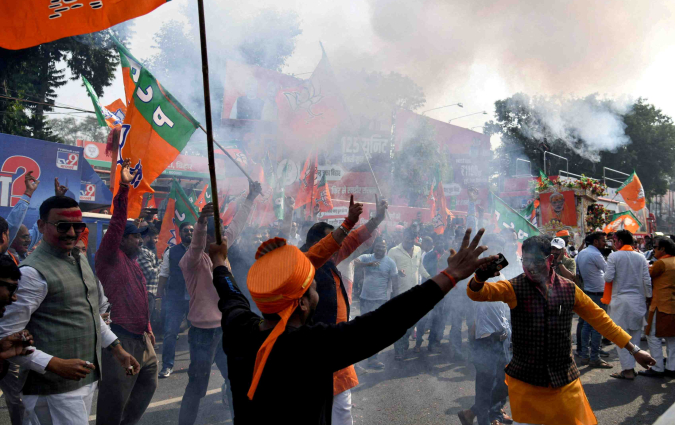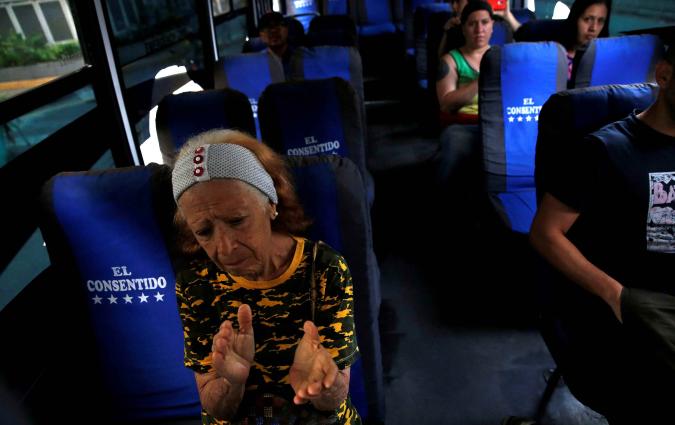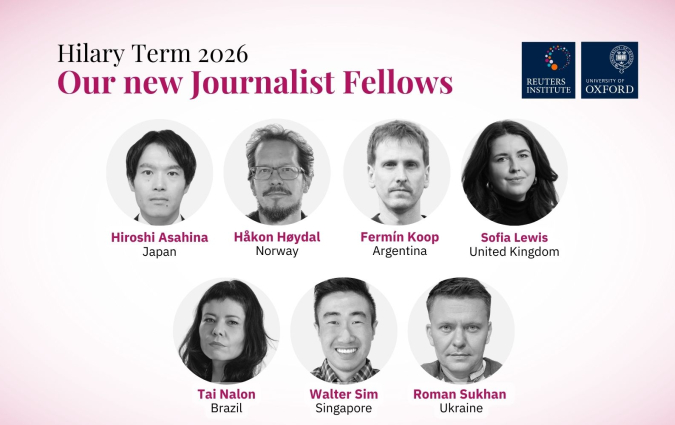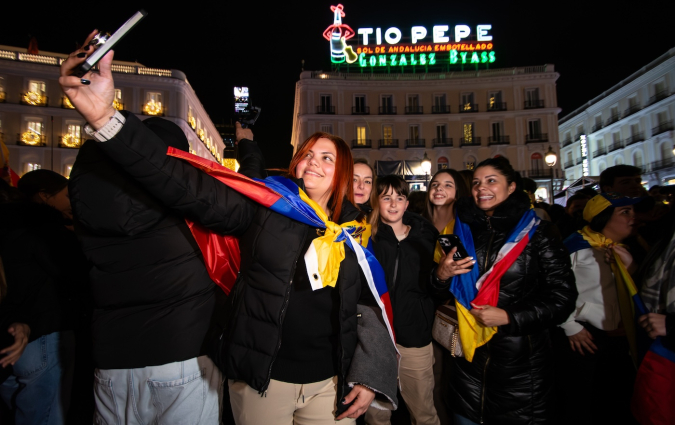How this outlet is building a model for better representation of queer people in Indian media
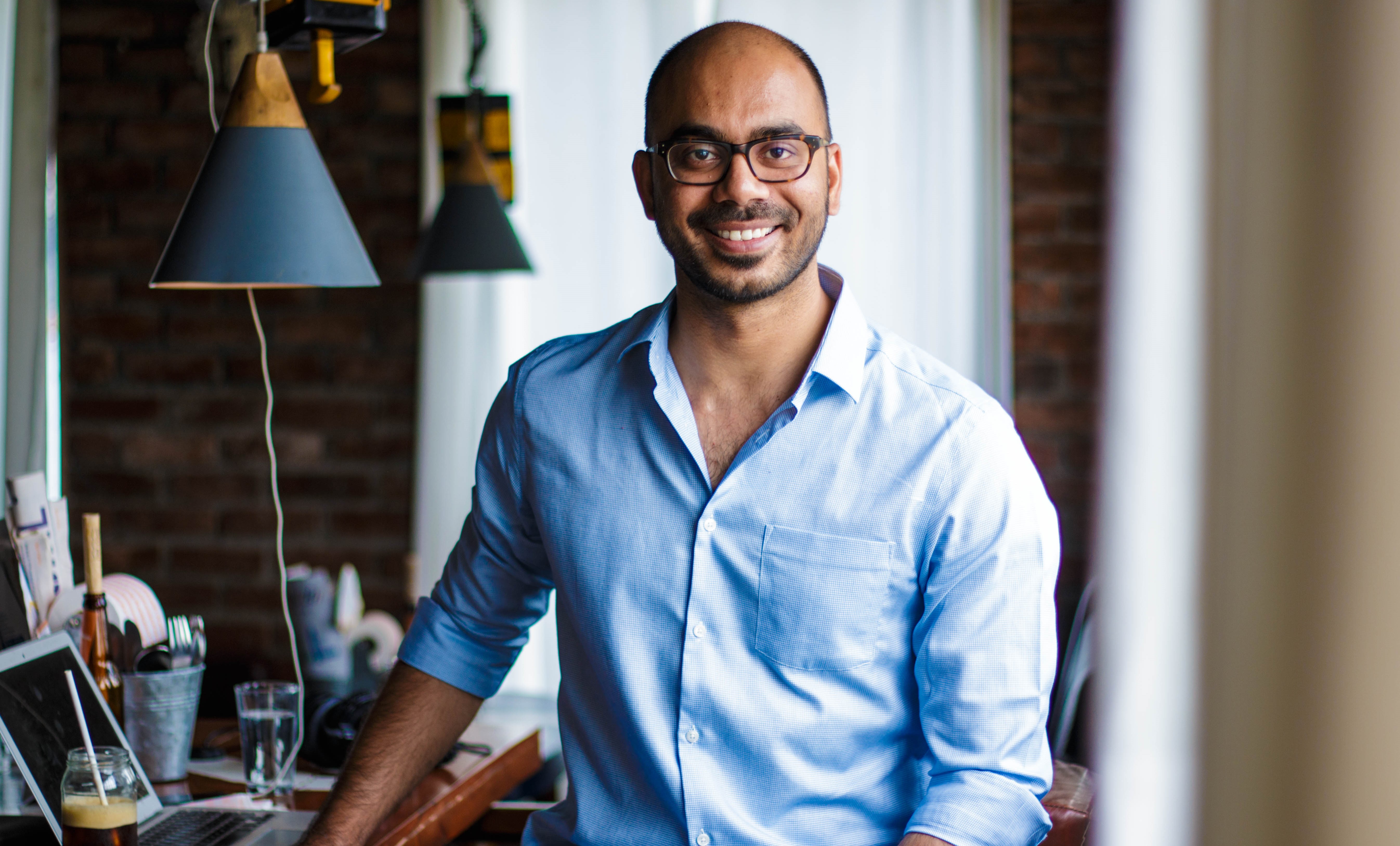
Ankur Paliwal.
Growing up in a small town in India, journalist Ankur Paliwal never saw dignified representations of queer people in the newspapers he and his family read. There was either no news or “it would make a mockery of us”.
Little has changed in mainstream Indian media’s coverage of queer people and queer issues since, says Paliwal. Stories are frequently event-focused, such as reports on pride parades or court judgements, and sometimes harmful, with identities and issues often misreported.
To counter this, in 2022 Paliwal, now an independent journalist, launched queerbeat with the aim to transform the narrative about queer people in India. queerbeat is a collaborative journalism site that publishes long-form articles with custom illustrations telling the stories of LGBTQIA+ people in India through journalists with lived experience and reporting on issues through a queer lens.
Recently published pieces include a look at mental health provision and access for queer women in small towns in India and the experience of ageing LGBTQIA+ people looking to enter care homes.
“Even in India’s capital city, the collective Indian imagination cannot conceive of lesbians. When it does, it sees lesbianism as an aberration to be fixed,” reads a paragraph in the first report. “This attitude has real consequences for queer women's access to essentials like housing and healthcare.”
I spoke to Paliwal about how queerbeat started, his plans for its journalism and what kind of influence on Indian media he wants to have.
How did you get into journalism?
I grew up in a small town in India. Nobody in my extended family was a journalist. I wanted to study humanities but the culture I was growing up in looked down on them so I did my degree in zoology. I thought I would become a wildlife scientist.
Growing up, I loved writing. When things didn’t seem safe to me in terms of my own queer identity, it was my journal that I turned to. I thought maybe I could combine environment, animals and writing and that's how I entered into journalism.
I worked with environment magazine Down to Earth for a couple of years, but to get another perspective on reporting and how to do better science reporting – which is not done as much in India – I went to Columbia [University in New York, USA]. That changed my life in many ways.
I’ve always gravitated toward under-reported stories, whether that’s neglected diseases, orphan crops or communities. When I asked myself what is at the heart of all those stories, it was inequity and the different ways it shows in our society. I’ve recently been writing about caste in India. I’ve been writing more about lowered caste communities and what happens when they get access to institutions – and when they don’t.
You’ve reported on India’s health system, queer forums and the challenges faced by lowered caste scientists for outlets including PBS, Rest of World and Undark. Where did the idea for queerbeat come from?
In 2021, I took a break to reflect on what I was doing and how I could contribute more. Even though I was telling environmental and health stories, it was still a drop in the ocean: some people might be reading these stories but I wasn’t making a difference.
If my lived experience came in, I could make a specific contribution. I went back to my past and realised it was queer people’s stories that I – and people like me – would like to read and connect with.
Where I grew up, the newspaper my father read every morning and the prime-time news we watched every evening almost never covered queer people. I didn’t see myself in their stories. When they were covered, especially trans people, the language used was derogatory. When the media is making fun of you, it shapes who is watching, and who’s consuming that content.
That was 20 years ago and even now the situation hasn’t changed, especially in small towns. We’re still invisible in these stories and being laughed at. What I needed to create was a narrative change in the media.
How did you develop and launch the idea?
The CUNY [City University of New York] entrepreneurial journalism programme was the start. [Paliwal was part of the autumn 2021 cohort.] It’s an online programme, where creators come and try to create their products. I started to think about how to develop the idea, what its USP is and how to serve communities and had conversations with other creators.
I was still freelancing and there was no money in queerbeat, so it moved very slowly at first but I kept working at it. In June 2022, I applied for a small grant from the Pulitzer Center to produce four stories on queer lives in India and they were kind enough to give the reporting funds. I also started saving money from my other jobs to put into queerbeat.
What kinds of stories does queerbeat cover?
The focus is on under-reported stories of queer lives in India. India’s queer community is really diverse and intersectional, but often in the mainstream media, it’s portrayed as the story of gay men. You don’t hear stories of asexual or bisexual people, or trans people of a lowered caste. All those stories within the community aren’t getting any attention because the media isn’t looking.
For example, our story about older queer people is a conversation that a lot of older queer people are having but because any media attention typically falls on younger, more visible queer people, these stories are not getting told. Telling this story isn’t easy: you have to build trust and find the people. It took us months to build that story.
Our story on how queer women in small towns in India access mental health services focused on whether they can access these services or not: what are the barriers when you are in a small town? What happens if you go to a psychologist? Are they trained or not? The reporter visited a hospital where the psychologists had no clue about queer identities or had a very limited or almost wrong understanding of queer people. Private setups are expensive, so queer women are turning to other queer women. When institutions are failing you, you build your own community.
We don’t have those stories in mainstream media because most of the bosses at media houses in India are cis-hetero. It’s not on their radar.
What’s it like as a queer person working in Indian media?
Your story pitches might get accepted but sometimes it feels like a diversity checkmark – this is true not just for queer communities but also for other neglected communities. They don’t have the sensitivity to work with the writer or to shape those stories. Many times, it's a struggle to tell them that I’m making this argument because it matters; it may seem trivial to you, but it's life and death for me.
Sometimes, when you are negotiating with that cis-hetero editor it’s hard, it’s extra labour you have to put in. When we receive pitches from queer journalists there’s so much shared, lived experience and understanding that you nod and smile through the pitching and editing processes.
Also, [media need to] report on us accurately – it’s what journalism is about. If that’s what you care about and not our identities, at least report about us accurately. Talk to us.
How does queerbeat operate and how is it funded?
Everyone at queerbeat is part-time. There are four people on the team including me and we mostly work with queer freelance journalists and queer illustrators. The idea is to give them the platform; if they are younger, to mentor them.
There’s an abundant community of queer artists in India and there are different ways of telling queer stories, so the idea is to co-produce these stories [with illustrators and writers]. Art also provokes different emotions and invites people into the story in different ways.
I’m actively thinking about revenue streams which means I'm having to learn completely different skills. What is business development? I never thought about creating pitch decks. What is angel investment? Entering this space is extremely intimidating, but I'm taking small steps.
We’ve received some funding through grants and from the money saved from my other work. queerbeat is involved in a training project run by the Google News Initiative with two other news organisations in India. We’re training newsrooms in different parts of India and in different languages on how to cover queer people.
We’ve received some funding from Emergent Ventures [a fellowship and grant-giving organisation for entrepreneurs] in the US to fund some community-building work. This money means we could hire a social media person. The idea is to build safe online queer communities through the content we are generating and to serve them not just through journalism, but through whatever they need.
What are your aims for queerbeat?
My goal is to transform public conversation through collaborative, multilingual journalism in India. A collaborative journalism project with different kinds of language across geographies in India means these stories could be accessed not just by queer people but by larger society in the newspapers they get in their houses, in small towns.
The idea in the long run is to work with already established media outlets in these small towns and cities. They have a model to distribute our content and stories through their news outlets. They are already serving a community and audience so we could get our stories to their audiences.
We have been getting a lot of love from queer people and non-queer people. After our story on queer children’s literature, we heard from parents who would like to engage with these books and would like their children to grow up safe with respect for other identities. On older queer people and care homes, we got feedback saying they had felt invisible in the media for a long time.
The focus is to change the media narrative and the language of reporting in these stories to make it more affirmative and not dehumanising.


